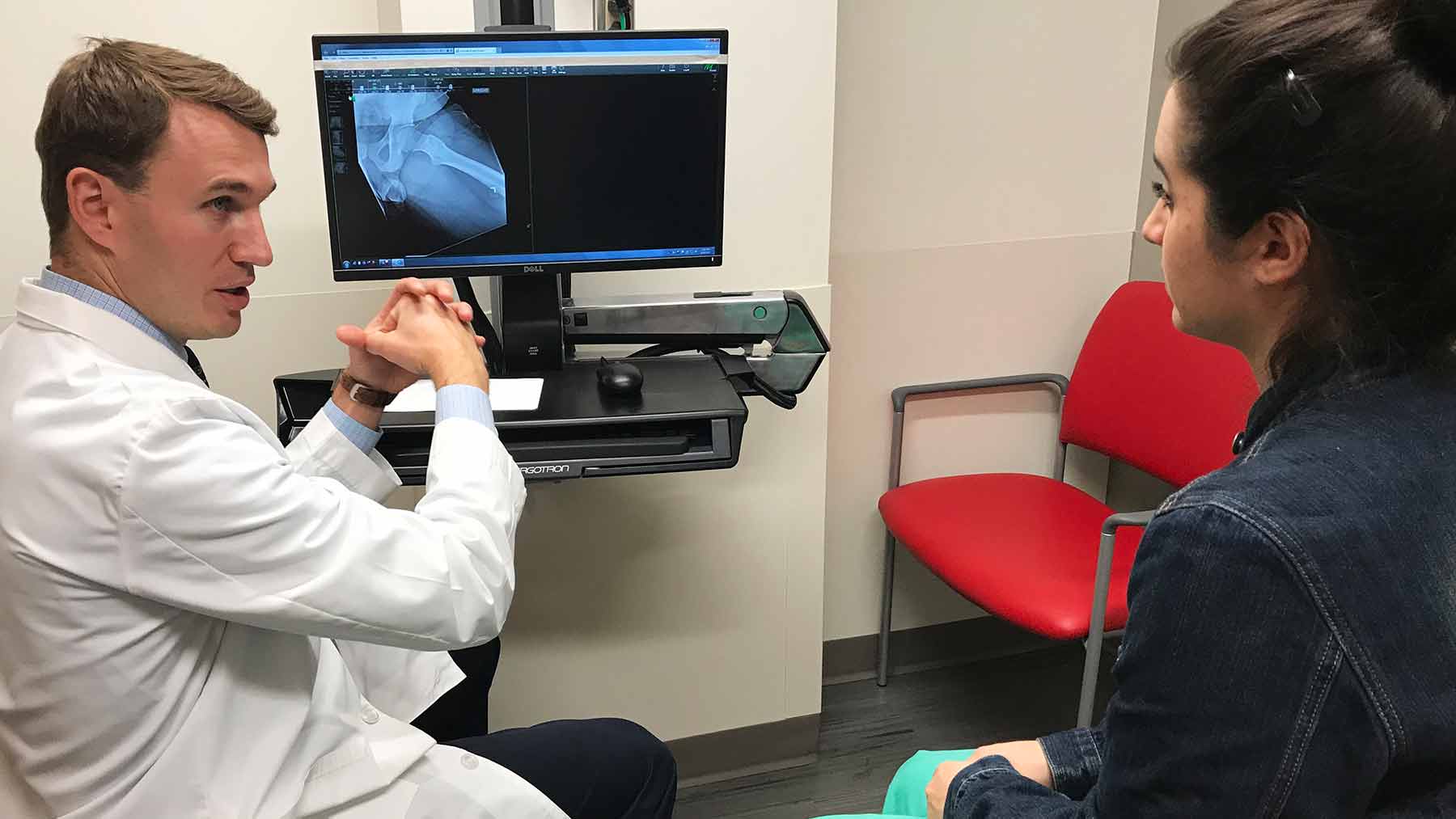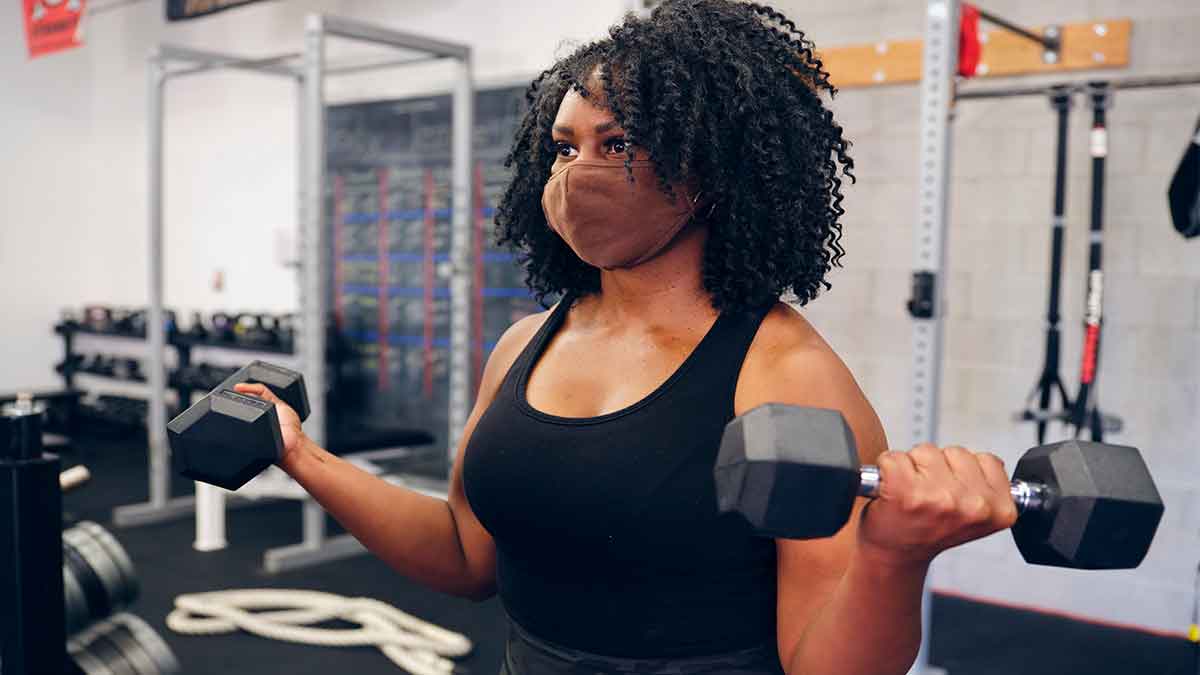New procedure helps patients avoid hip replacements
 Did you know that each year 300,000 Americans get a total hip replacement? This major surgery typically requires months of physical rehabilitation. Plus, there’s no guarantee that the implant will last forever, as they typically have a 20-year life span due to the materials they’re made from.
Did you know that each year 300,000 Americans get a total hip replacement? This major surgery typically requires months of physical rehabilitation. Plus, there’s no guarantee that the implant will last forever, as they typically have a 20-year life span due to the materials they’re made from.In the past, a replacement would be the only long-term option for a lot of patients. But for younger patients who receive a hip replacement, this means there’s a possibility for more surgeries down the line, which are always more difficult than doing it the first time.
As an orthopedic surgeon and hip preservation specialist at The Ohio State University Wexner Medical Center, I’m always looking for more options that can help patients preserve their native hip joint as long as possible.
Which is why I’m using a procedure called Subchondroplasty to give patients with damaged hips more treatment options – and ultimately avoid replacement surgery. While this procedure is typically to treat defects in the knee, we’re finding that it’s effective in treating hip issues as well.
During this minimally invasive procedure, a bone substitute material is injected into a small hole in the joint, filling any voids or lesions in the bone. Over time, a patient’s body replaces the bone-hardening material with their own healthy bone, leading to what we hope will be permanent repairs. Because it’s minimally invasive, it allows patients to get back on their feet sooner than a total hip replacement does.
There aren’t a lot of procedures out there that help to regenerate the bone quite like Subchondroplasty does, so this helps fill a gap in our treatment options for patients who have cartilage damage, labral tears or advanced degenerative changes in their hips.
We’ve also found that this procedure is helpful for pregnant women, who often suffer from temporary osteoporosis during their third trimester of pregnancy or after delivery.
Right now, new moms are often forced to use crutches for months and wait for the bone to heal itself. But with this procedure, we can get them to bear weight on their joint a lot faster (and pain-free), therefore getting back to their normal activities like taking care of their family.
Right now, new moms are often forced to use crutches for months and wait for the bone to heal itself. But with this procedure, we can get them to bear weight on their joint a lot faster (and pain-free), therefore getting back to their normal activities like taking care of their family.
Currently, there’s not a formalized clinical trial that a patient would need to qualify for in order to receive this treatment. So if you come to Ohio State Wexner Medical Center and it looks like you can benefit from this procedure, you can receive it.




